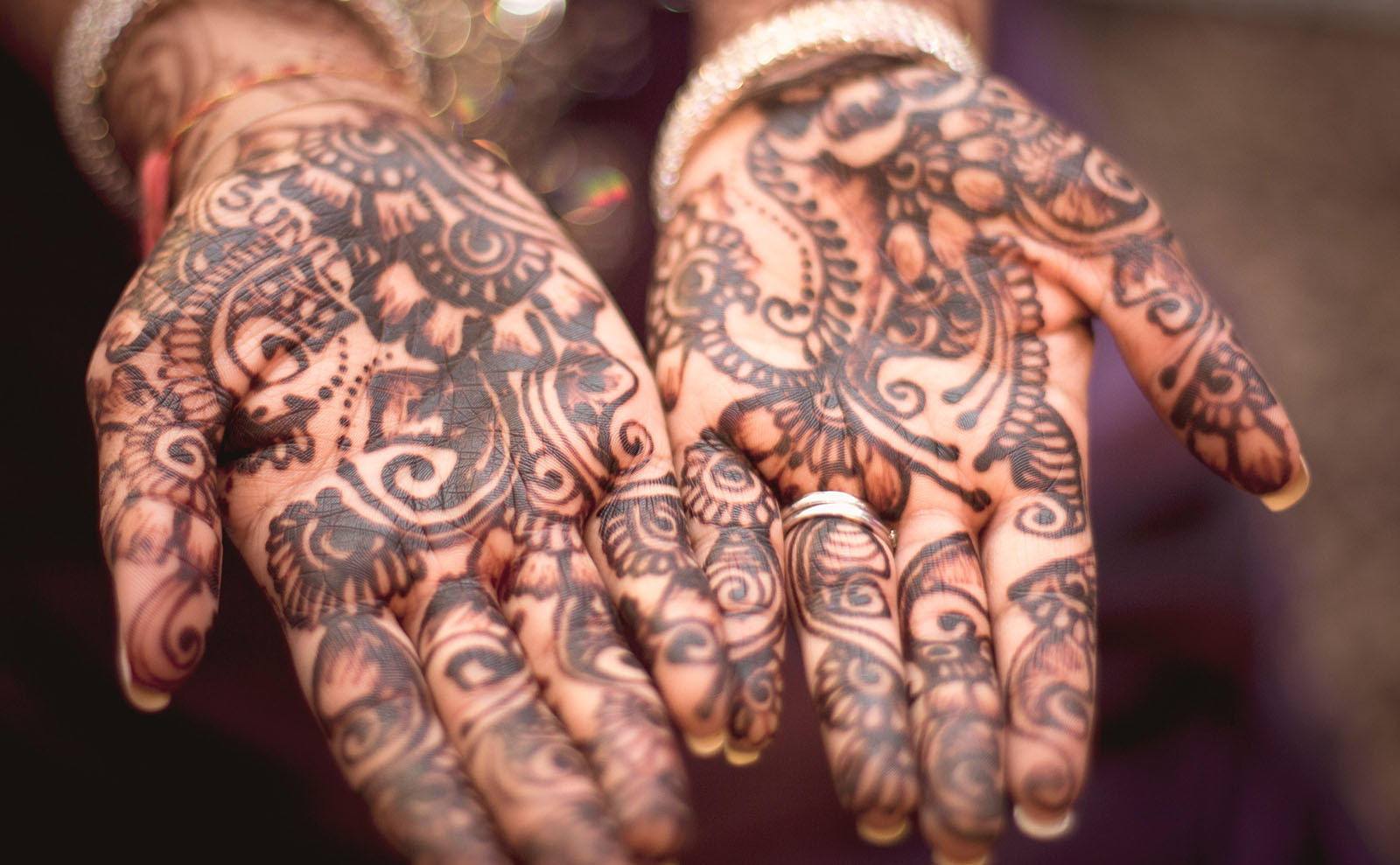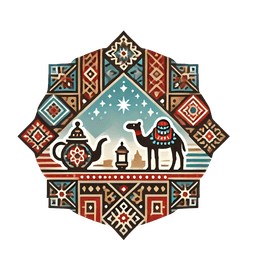- Published on
Henna The Art and Tradition of Body Decoration in Morocco
- Authors

- Name
- Adil ABBADI
Introduction

In the vibrant streets of Morocco, where ancient traditions meet modern flair, henna art has been an integral part of the country's cultural fabric for centuries. This ancient body decoration technique, passed down through generations, has evolved into a stunning form of artistic expression, carrying deep symbolic meanings and cultural significance. In this article, we delve into the world of henna in Morocco, exploring its history, traditional significance, modern adaptations, and the efforts to preserve this cherished tradition.
- Historical and Cultural Context
- Traditional Significance
- Modern Relevance
- Cultural Preservation
- Conclusion
- Cultural Call-to-Action
Historical and Cultural Context
Henna, also known as Lawsonia inermis, is a plant-based dye that has been used for body decoration and hair coloring for over 5,000 years. Originating in the Indian subcontinent, henna art spread throughout the Middle East and North Africa, becoming an integral part of Moroccan culture. In Morocco, henna is synonymous with celebration, beauty, and identity.
Traditional Significance
In traditional Moroccan weddings, henna night (Laylat al-Henna) is a sacred ritual where the bride's hands and feet are adorned with intricate henna designs, symbolizing beauty, fertility, and good luck. The application of henna is often accompanied by singing, dancing, and gift-giving, making it a joyous and memorable experience.

Henna art is not limited to weddings; it is an essential part of daily life, especially for women. In Moroccan culture, henna is believed to possess spiritual and medicinal properties, warding off evil spirits and promoting well-being. Women gather in hammams (traditional bathhouses) to socialize, gossip, and adorn each other with henna designs, strengthening bonds and fostering a sense of community.
Modern Relevance
While traditional henna practices continue to thrive, modern adaptations have emerged, blending ancient techniques with contemporary styles. Moroccan henna artists have incorporated new designs, inspired by global trends and cultural exchange, while maintaining the essence of traditional motifs.

Cultural Preservation
Efforts to preserve and promote Moroccan henna art are underway, driven by local organizations, artists, and cultural enthusiasts. Workshops, festivals, and exhibitions celebrate the art form, providing a platform for artists to share their skills and for the community to come together.

Conclusion
Henna art in Morocco is more than just a decorative practice; it is a symbol of cultural identity, community, and beauty. As we delve into the world of Moroccan henna, we discover a rich tapestry of tradition, creativity, and resilience. Let us celebrate and appreciate this ancient art form, ensuring its preservation for generations to come.
Cultural Call-to-Action
Join the Moroccan henna community in their vibrant cities, immerse yourself in the rich cultural heritage, and experience the magic of henna art firsthand. Attend a traditional henna night, participate in a workshop, or simply wander through the bustling souks, where the scent of henna and the sounds of laughter will leave you enchanted and inspired.
